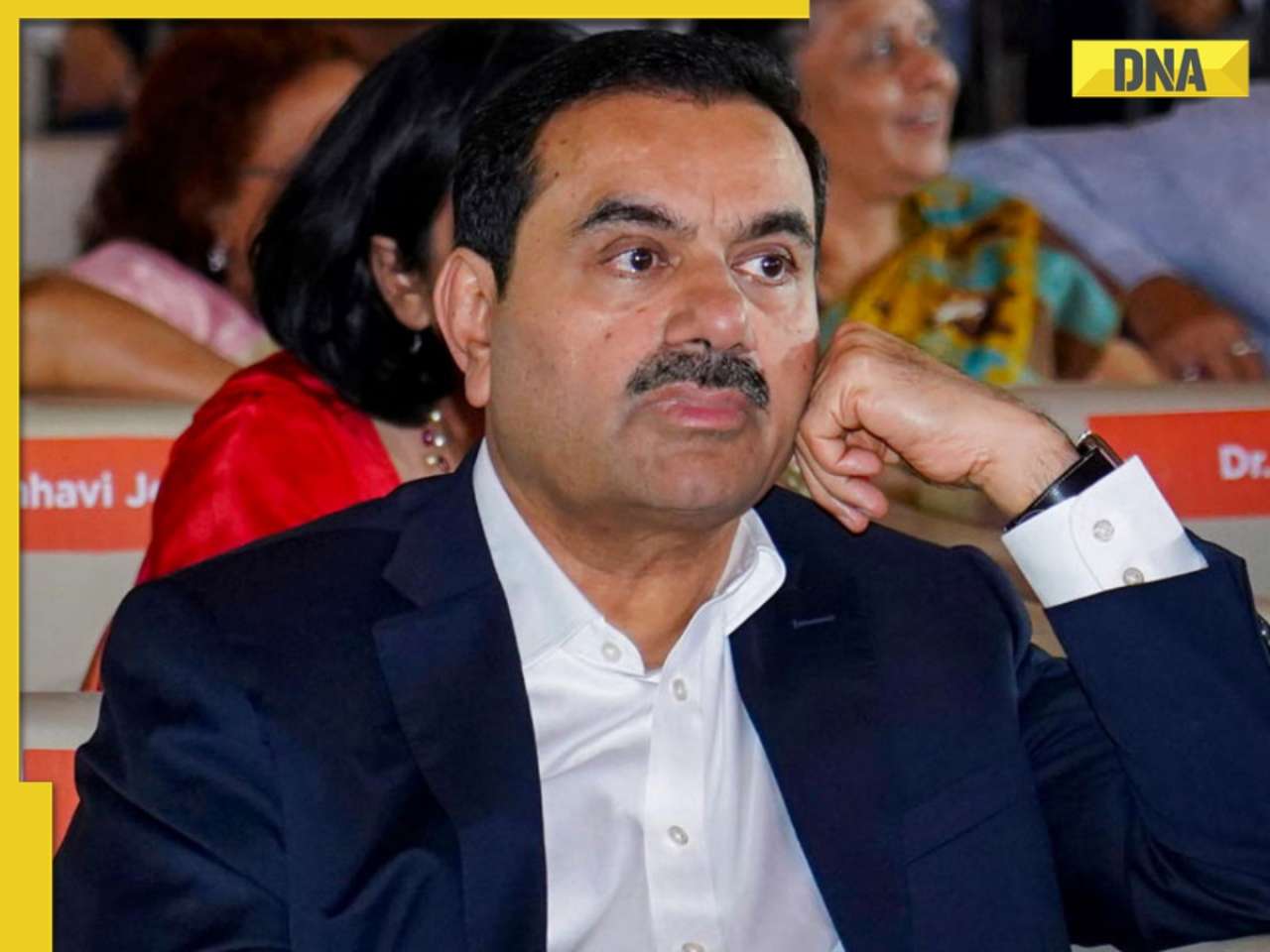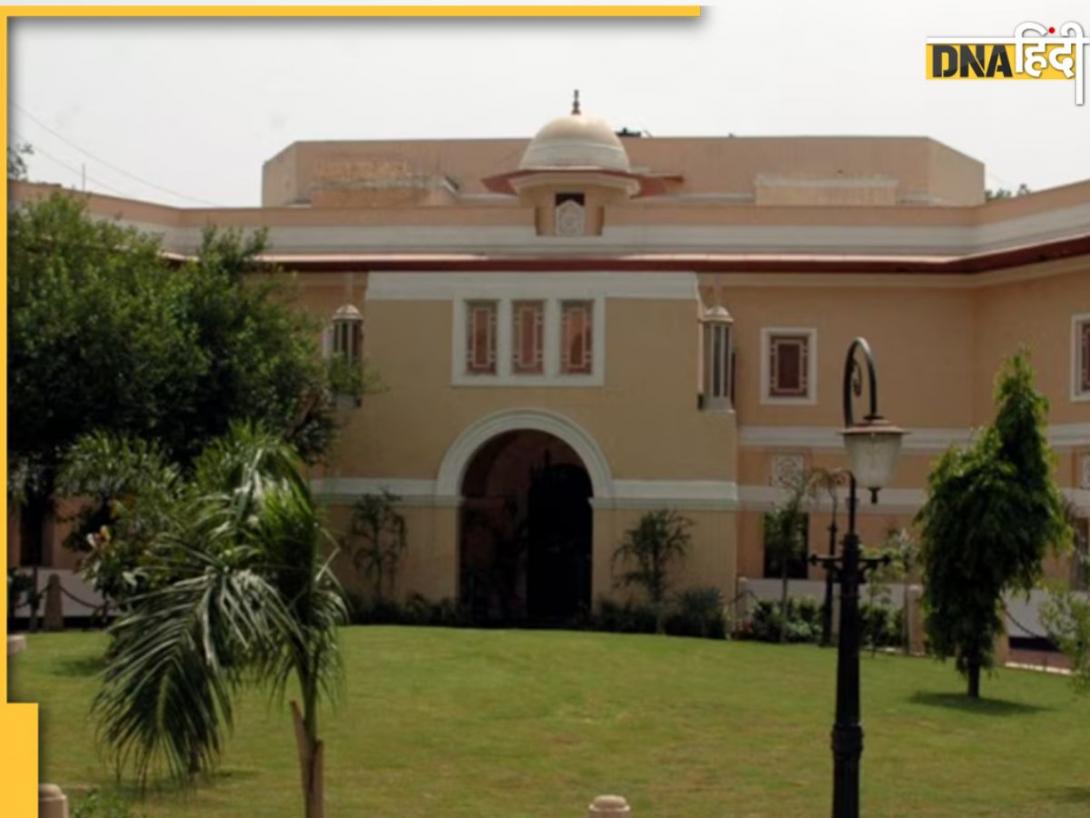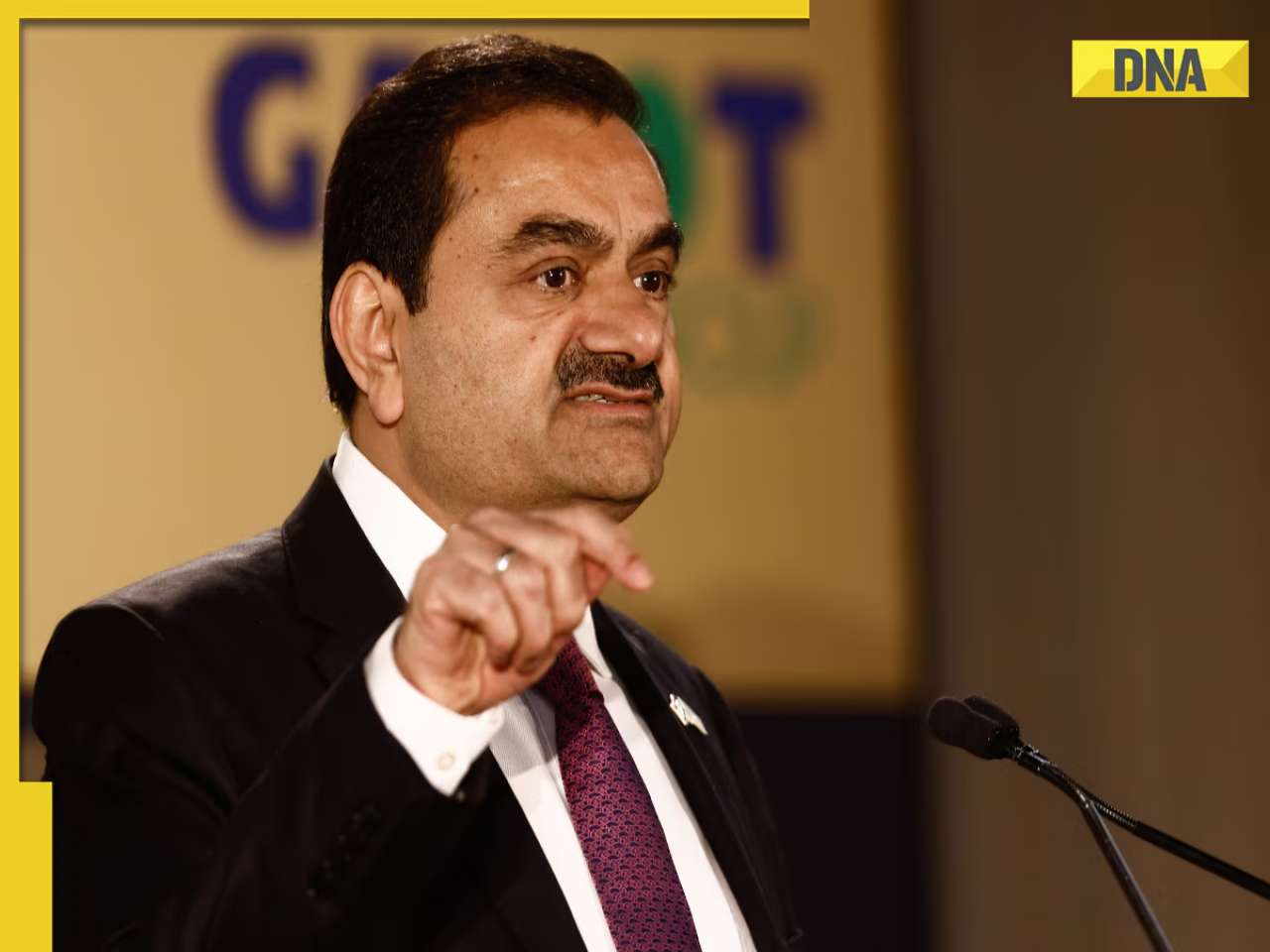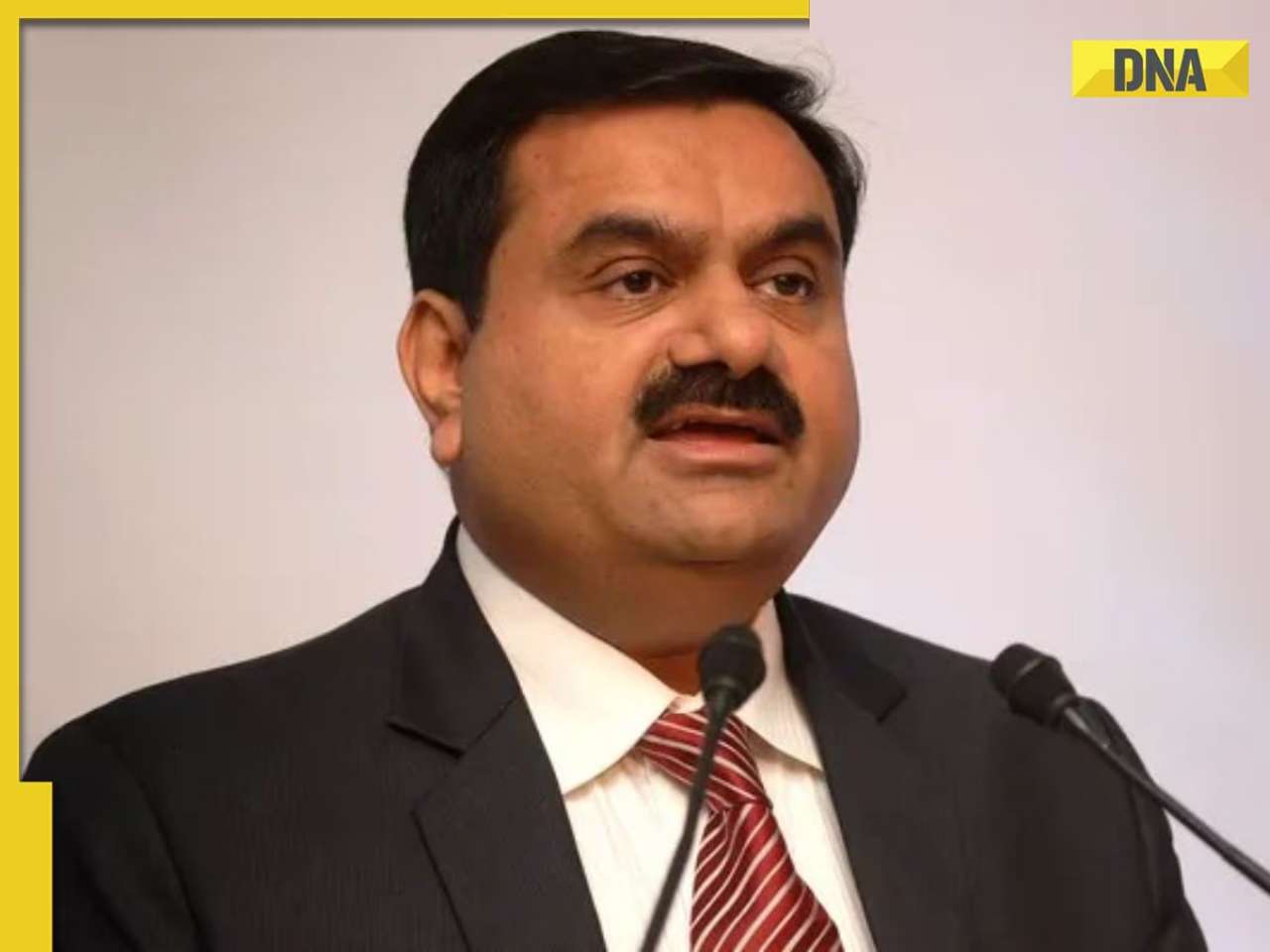- LATEST
- WEBSTORY
- TRENDING
EXPLAINER
DRDO fortifies India's skies: Phase II ballistic missile defence trial successful
Defence Production India, under the Ministry of Defence, Government of India, in a post on X, congratulated the DRDO on the successful flight test.
TRENDING NOW
The Defence Research & Development Organisation (DRDO) successfully conducted a test flight of the Phase-II Ballistic Missile Defence System at the Integrated Test Range (ITR) in Chandipore, Odisha, on Wednesday (July 24). A target missile from the LC-IV Dhamra, simulating an enemy ballistic missile, was launched at 4.20 pm.
Defence Production India, under the Ministry of Defence, Government of India, in a post on X, congratulated the DRDO on the successful flight test. Defence Minister Rajnath Singh personally congratulated the DRDO on the successful test and said it had once again proved India’s ballistic missile defence capabilities.
Weapon system radars on both land and sea quickly detected the incoming target missile and activated the AD interceptor system. At 4.24 pm, the Phase-II AD Endo-atmospheric missile was launched from LC-III at ITR to intercept the target missile. This system includes long-range sensors, a fast communication network, the Mission Control Centre (MCC) and advanced interceptor missiles.
Understanding Ballistic Missiles
A ballistic missile is a weapon that follows a high, arching trajectory to deliver a warhead, often over long distances. It can carry conventional or nuclear explosives and is guided only during the initial phase of its flight. Indian ballistic missiles come in the shape of the Agni, Prithvi and Shaurya.
India’s Need for Missile Defence
Ballistic missile defence (BMD) systems are developed by countries to protect themselves from enemy missile attacks. The importance of BMD is high because some countries have nuclear weapons and ballistic missiles are the most effective way to deliver these weapons due to their fast speeds.
India faces missile threats from its neighbours, Pakistan and China. Both countries not only have nuclear weapons, but also advanced ballistic missiles, which boost their nuclear defence capabilities. Therefore, India needed a missile defence system to shield itself from potential missile attacks. The Atal Bihari Vajpayee government started the programme in 2000 following the Kargil War. The system has two levels and includes interceptor missiles that can be launched from both land and sea.
Decoding Phases 1 and 2 of BMD
In April 2019, India completed Phase-I of its missile defence shield, enabling the interception of missiles which have a range of up to 3,000 km. According to the Centre for Air Power Studies (CAPS), Phase-II is currently under way and will enhance the system to intercept missiles with ranges exceeding 5,000 km.
How the BMD System Works
The BMD system includes two main steps: tracking and interception. To track potential threats, it uses various satellites and radars. The data collected from these sources is analysed to determine which missiles to launch and in what quantities to intercept incoming missiles. Computers make these decisions and relay the necessary commands through the MCC. Finally, the BMD missile is launched to intercept the incoming threat. The primary radar used in this system is called Swordfish.
India’s Missile Defence Shields: Phase-I
The DRDO has been developing two types of missile defence shields for India. The first, called Prithvi Air Defence (PAD), also known as the Pradyumna Ballistic Missile Interceptor, is an exo-atmosphere shield that can intercept enemy missiles at high altitudes of up to 80-120 km. The second, known as Advanced Air Defence (AAD), also known as Ashwin Ballistic Missile Interceptor, is an endo-atmosphere shield that can intercept missiles at lower altitudes of up to 15-30 km. Together, these systems form the Phase-1 of India’s comprehensive missile defence shield.
Exo-atmosphere refers to the region of space just beyond Earth’s atmosphere, where such objects as satellites and ballistic missiles travel, typically above 100 kilometres from Earth’s surface. An endo-atmosphere missile operates within Earth’s atmosphere, specifically at altitudes below 100 kilometres, designed to intercept and destroy such incoming threats as ballistic missiles before they reach a target.
In November 2006, India tested its PAD missile and, in December 2007, the AAD missile. With the PAD missile test turning out to be successful, India joined the US, Russia and Israel as the fourth nation to have developed an anti-ballistic missile system. According to reports from January 2020, Phase-1 of the BMD programme has been completed.
Advancements in BMD Programme: Phase-II
Two new anti-ballistic missiles, AD-1 and AD-2, are currently being developed to intercept Intermediate-Range Ballistic Missiles (IRBMs), which have a range of roughly 3,000-5,500 km. They can carry warheads over long distances and are used for strategic military purposes. These missiles can fly at hypersonic speeds (above Mach 5) and need radars with a scanning range of over 1,500 kilometres (930 miles) to effectively intercept their targets. These high-speed missiles are designed to target and destroy incoming ballistic threats.
AD-1 Missile
The AD-1 is a long-range interceptor missile designed to intercept ballistic missiles both outside the atmosphere (exo-atmospheric) and inside (endo-atmospheric). This two-stage missile can target and destroy incoming ballistic missiles. Additionally, it can intercept warplanes from a long distance. Although its exact range is not specified, reports from CAPS suggest it could have a range of about 200 kilometres. On November 2, 2022, the DRDO successfully conducted the first test of the missile
AD-2Missile
The AD-2 missile is currently under development and will be able to intercept both intermediate-range (IRBMs) and intercontinental ballistic missiles (ICBMs). Testing is planned for 2024-2025. It is anticipated that future frontline ships of the Indian Navy will be equipped with this missile. ICBMs are long-range missiles capable of travelling over 5,500 kilometres. They can carry nuclear or conventional warheads across continents, providing strategic military capabilities.
Sea-based Interception
The DRDO Floating Test Range, which includes India’s first floating test range, the INS Anvesh, is expected to support the development of Phase-II. The INS Anvesh was scheduled for sea trials in September 2021. On April 21, 2023, the DRDO and the Indian Navy successfully conducted the first flight trial of a sea-based interceptor missile, enhancing the naval ballistic missile defence capability.
Successfully testing from a floating range indicates that India is advancing towards more reliable missile interception from mobile platforms. At sea, interceptors will be launched from sea-based platforms, which, while improving the survivability of the ballistic missile defence system, could add complexity due to their mobility.
(The author of this article is a Defence, Aerospace & Political Analyst based in Bengaluru. He is also Director of ADD Engineering Components, India, Pvt. Ltd, a subsidiary of ADD Engineering GmbH, Germany. You can reach him at: girishlinganna@gmail.com)
(Disclaimer: The views expressed above are the author's own and do not reflect those of DNA.)
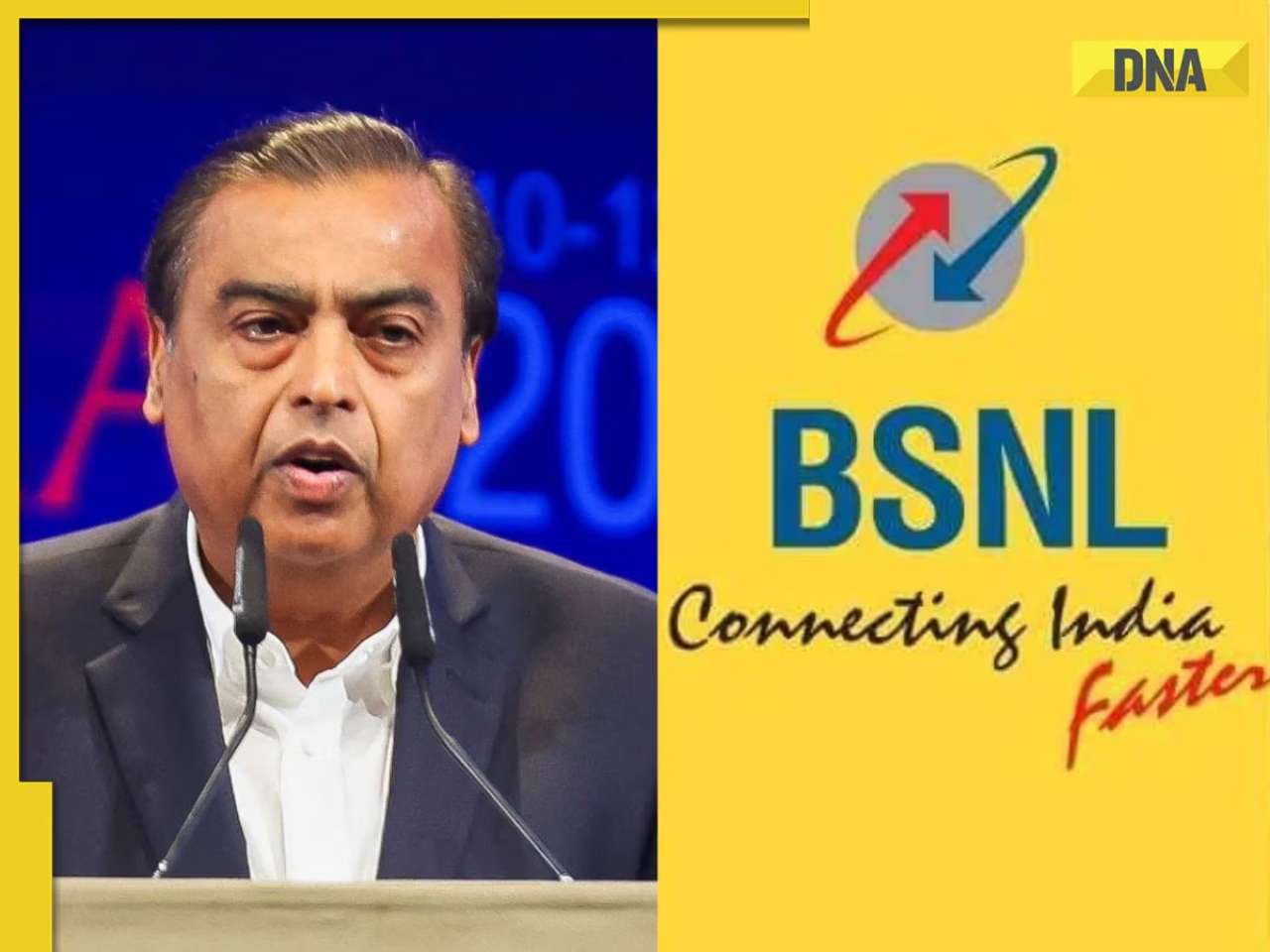
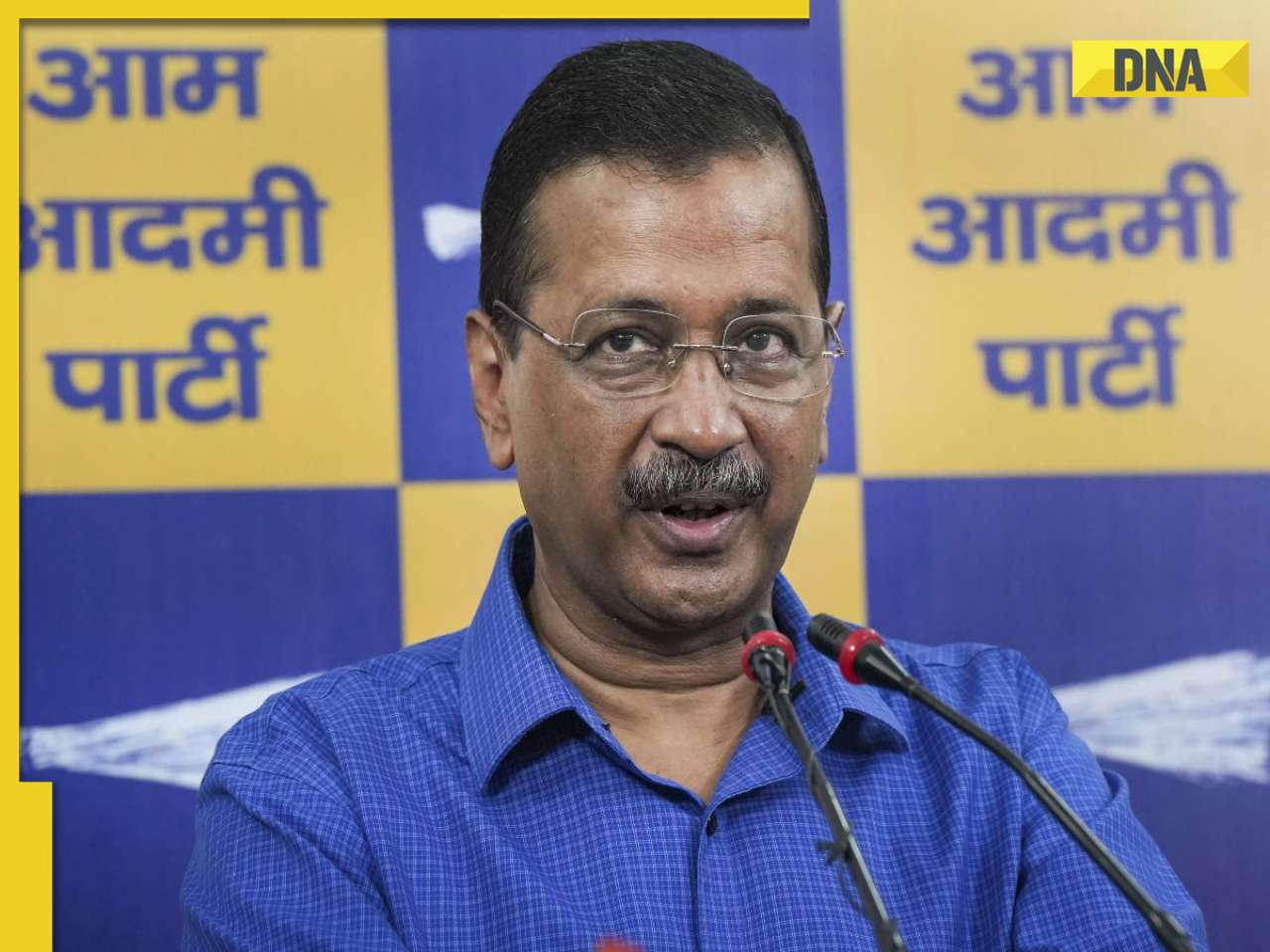
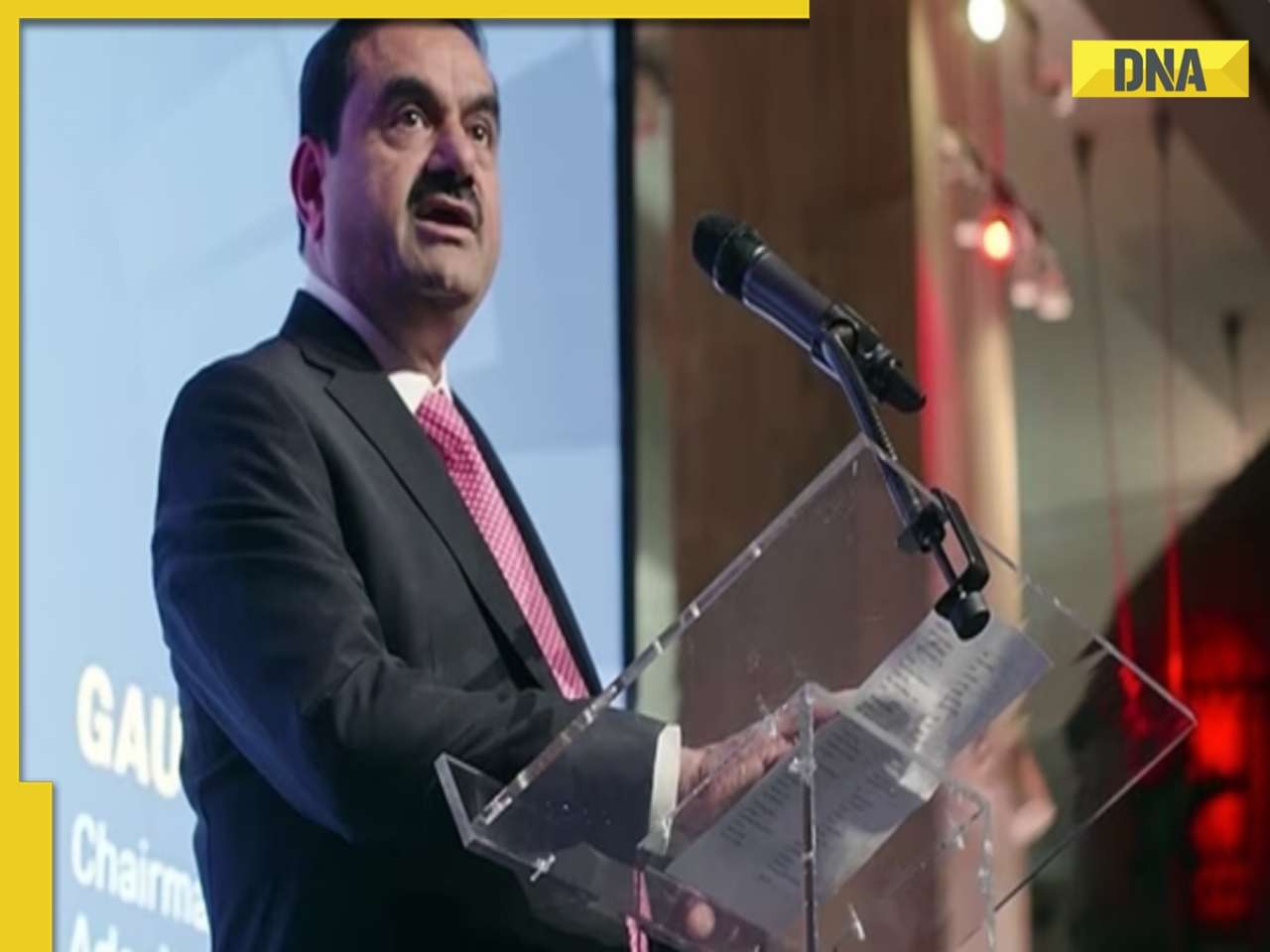




)
)
)
)
)
)
)
)
)
)
)
)
)
)
)
)

























